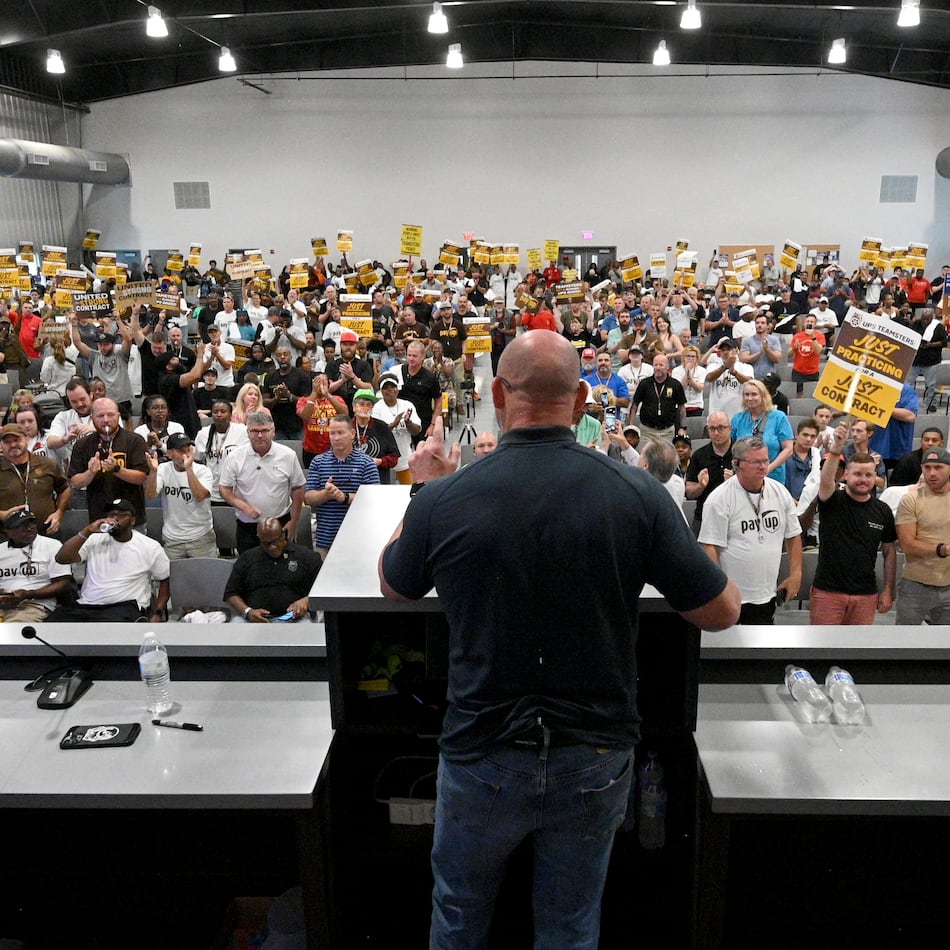With a couple of decades of experience, garden author Pamela Crawford has mastered quick and easy container gardens and pinpointed the best plants for the Southern landscape.
Yet there was one area of gardening Crawford had skipped: vegetables.
“I’m such a visual person that the reason I steered clear of vegetables was because they were ugly,” the Canton resident said.
But with the re-emergence of the popularity of vegetable gardening, Crawford embarked upon a book to combine edibles with flowers. The result, “Easy Container Combos: Vegetables & Flowers” (Color Garden Publishing, $19.95), aims to please those looking to maximize small-space gardening. Crawford’s book hits the shelves this month.
“My biggest mistake in getting them to look good was putting too many vegetables in the pot,” she said. “For example, I was putting tomatoes and squash in the same container. I have a picture of it in the book and it just looks horrible.”
Grower Bonnie Plants helped Crawford select the best plants for the Georgia garden.
Known for her trial-and-error approach, Crawford ultimately found some winning combinations of flower and vegetable containers, such as pairing cherry red tomatoes with ‘Dragon Wing’ begonia and sweet potato vine.
Her book also details which vegetables are easiest to grow in containers: peppers, beans and lettuces, followed by tomatoes, cucumbers and okra.
“Having never [grown vegetables] before, it was really neat to walk out there and pick some food. The other thing is I didn’t realize how much better the vegetables taste when they’re fresh,” she said. “Now that I’ve figured out how to make them pretty and mix them with my flowers, it will become a staple. It completely changed container gardening for me.”
Here are Crawford’s thoughts about her favorite combos and tips for success.
● Four things you should know about vegetables: whether they will thrive in containers (tomatoes, yes; pumpkins, no), how large a vegetable will grow (largest plants generally are placed in the center of the pot), when to plant and the plant’s yield.
● One vegetable per pot. Use flowers such as celosia or plants such as coleus to fill the space. When the vegetable reaches the end of its growing season, snip it off and let the flowers take over.
● Plant vegetables first, add flowers later. Crawford noted that vegetable plants typically are sold at 10 percent of their mature size, but flowers usually are sold at 50 percent to 75 percent of their mature size. She suggested planting vegetables first and adding the flowers once the veggies have grown larger than the flowers.
● The bigger the pot, the happier the plant. Crawford recommended using a pot measuring at least 16 inches in diameter, though she prefers 20 inches, if possible. All pot materials, except metal, work well, she said. Make sure the pot has drainage holes. She also noted that vegetables tend to be smaller in containers than if planted in the ground.
● Easiest way to make solo vegetables look smashing? Plant in a pretty pot and accessorize. Cherry tomatoes take an attractive turn when placed in a painted, decorative pot and topped with an obelisk trellis on which the vines grow.
● Preparation is everything. Don’t forget the basics, such as using a potting mix specific to containers; and giving plants the right amount of water, light and fertilizer.
About the Author
Featured
